- A. Philip Randolph
- Abayomi Azikiwe
- Adam Sanchez
- Akashi Kaul
- Alabama
- Alana D. Murray
- Allison Acosta
- Allyson Criner Brown
- Amelia Boynton
- Amzie Moore
- Andrea Guiden Pittman
- Andrea McEvoy Spero
- Annie Devine
- Arkansas
- Art
- ASALH
- Audi Cornish
- Bayard Rustin
- Bernice Johnson Reagon
- Bill Bigelow
- Bill Fletcher Jr.
- Black Lives Matter
- Black Panther Party
- Black Power
- Bob Moses
- Book
- Books
- Brenda Randolph
- Brown v. Board of Education
- C.T. Vivian
- California Newsreel
- Carmen Gómez García
- Charles Cobb Jr.
- Charles E. Cobb Jr.
- Charles M. Sherrod
- Charles Payne
- Chris Hoeh
- Chris Seeger
- Civil Rights Act
- Claudette Colvin
- Claudio Saunt
- Clyde Kennard
- Colia Liddell Lafayette Clark
- colleen bell
- CORE
- Coretta Scott King
- Courtland Cox
- Craig Gordon
- Cristina Tosto
- CRMVet.org
- Daniel Perlstein
- Dave Zirin
- David Busch
- David Hill
- David Levine
- Dawn Keene
- DC
- Deborah Menkart
- Derrick Alridge
- Desegregation
- Dick Cluster
- Digital Collection
- Dorie Ladner
- Dr. Gordon Nembhard
- E.W. Steptoe
- Education
- Elementary
- Elizabeth A. Davis
- Ella Baker
- Eloise Greenfield
- Emilye Crosby
- Emmett Till
- Erika Landberg
- Eva Sperlng Cockcroft
- Eyes on the Prize
- Fannie Lou Hamer
- Fayette Colon
- FBI
- Federation of Southern Cooperatives and Land Assistance Fund
- Film
- Florida
- Freedom Schools
- Freedom Summer
- Gary Convention
- Georgia
- Grace Lee Boggs
- Hardy Thames
- Hasan Jeffries
- Herbert Kohl
- Herbert Lee
- Highlander
- Holly Barnet-Sanchez
- Holly Jansen
- Hope Martin
- Image
- Interactive Map
- Introduction
- James Boggs
- James Loewen
- James Meredith
- James Smethurst
- Janine Gomez
- Jeanne Theoharis
- Jenice L. View
- Jennifer Gallagher
- Jesse Hagopian
- Jessica Gordon Nembhard
- Jo Ann Robinson
- John H. Bracey Jr.
- John Hulett
- John Lewis
- Josh Healey
- Josh Ozersky
- Joyce Ladner
- Judy Richardson
- Julian Bond
- Julian Hipkins III
- Katie Kissinger
- Katie Lyman
- Katy Swalwell
- Kentucky
- Kimberly Spotts
- KKK
- Kwame Touré
- Labor
- Land
- Larry Miller
- Laurel R. Singleton
- Leah Douglas
- Lesson
- Linda Christensen
- Louis Allen
- Louise Bock
- Louisiana
- Luis Torres
- Lynda Tredway
- Maestra Productions
- Maggie Nolan Donovan
- Malcolm X
- Mamie Till
- March on Washington
- Maria Fleming
- Martin Luther King Jr.
- Matt Herron
- Medgar Evers
- MFDP
- Military
- Mira Luna
- Mississippi
- Montgomery Bus Boycott
- NAACP
- New York
- Nicolás Guillén
- Nonviolence
- Norm Diamond
- North Carolina
- Oral History
- Patty Bode
- Paula Young Shelton
- Pauli Murray
- Podcast
- Poetry
- Police
- Poor People's Campaign
- Prathia Hall
- Primary Document
- Prisons
- Quiz
- Randi Douglas
- Reading
- Redlining
- Resource Center of the Americas
- Richard Rothstein
- Rita Dove
- Robert P. Moses
- Rosa Parks
- Sam B. Hilliard
- SCLC
- SCOTUS
- Self-Defense
- Selma
- Septima P. Clark
- Sheyann Webb
- Sit-Ins
- SNCC
- SNCC Digital Gateway
- Sonia Sanchez
- Sports
- Stephanie Schmidt
- Stokely Carmichael
- Student Nonviolent Coordinating Committee
- Susan Guengerich
- Susan Nail
- Susan Oppenheim
- T. G. Lewis
- Ta-Nehisi Coates
- Teaching Idea
- Teaching Reflection
- Tennessee
- Texas
- Tiferet Ani
- Timeline
- Timothy Jenkins
- Transportation
- U.S. Foreign Policy
- Ursula Wolfe-Rocca
- Vanessa Williams
- Vann R. Newkirk II
- Vernon Dahmer
- Veterans
- Video
- Vietnam War
- Vincent Harding
- Vincent Intondi
- Virginia
- Voting Rights
- Voting Rights Act
- Wayne Au
- William P. Jones
- Yohuru R. Williams
- Zinn Education Project
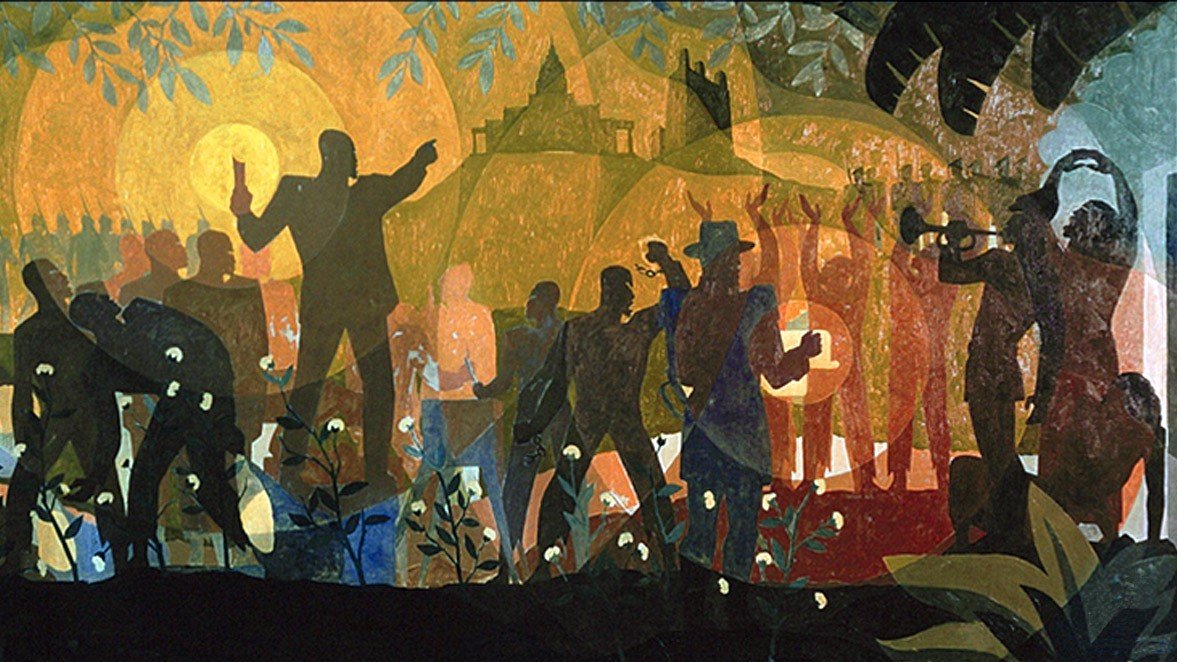
A Study of Artist Aaron Douglas: Painting the Human Figure in the Tradition of Resistance
Lesson by Patty Bode and Stephanie Schmidt
The artwork and leadership of Aaron Douglas foreshadowed the Civil Rights era by setting the visual tone of the Harlem Renaissance movement of the 1920s and 1930s. In this lesson, students will learn about Aaron Douglas and draw silhouettes of marchers, cut out the figures, and paint in Aaron Douglas’s style.

McComb History
The McCombLegacies.org website (now archived) was designed to share the history of McComb, Miss., with an emphasis on the stories of working people of all races, women, and young people and how they have strived for equity in labor, civics, education, economics, and the arts.

The Role of Black Landowners in the Civil Rights Movement
Teaching Idea by Tiferet Ani
Black landowners provided an indispensable support base for the Civil Rights Movement in Mississippi, as documented in the 82-minute Emmy Award-winning documentary Dirt and Deeds in Mississippi. Find teaching ideas for use in conjunction with film: a Socratic Seminar, a textbook revision project, and ideas for further research.
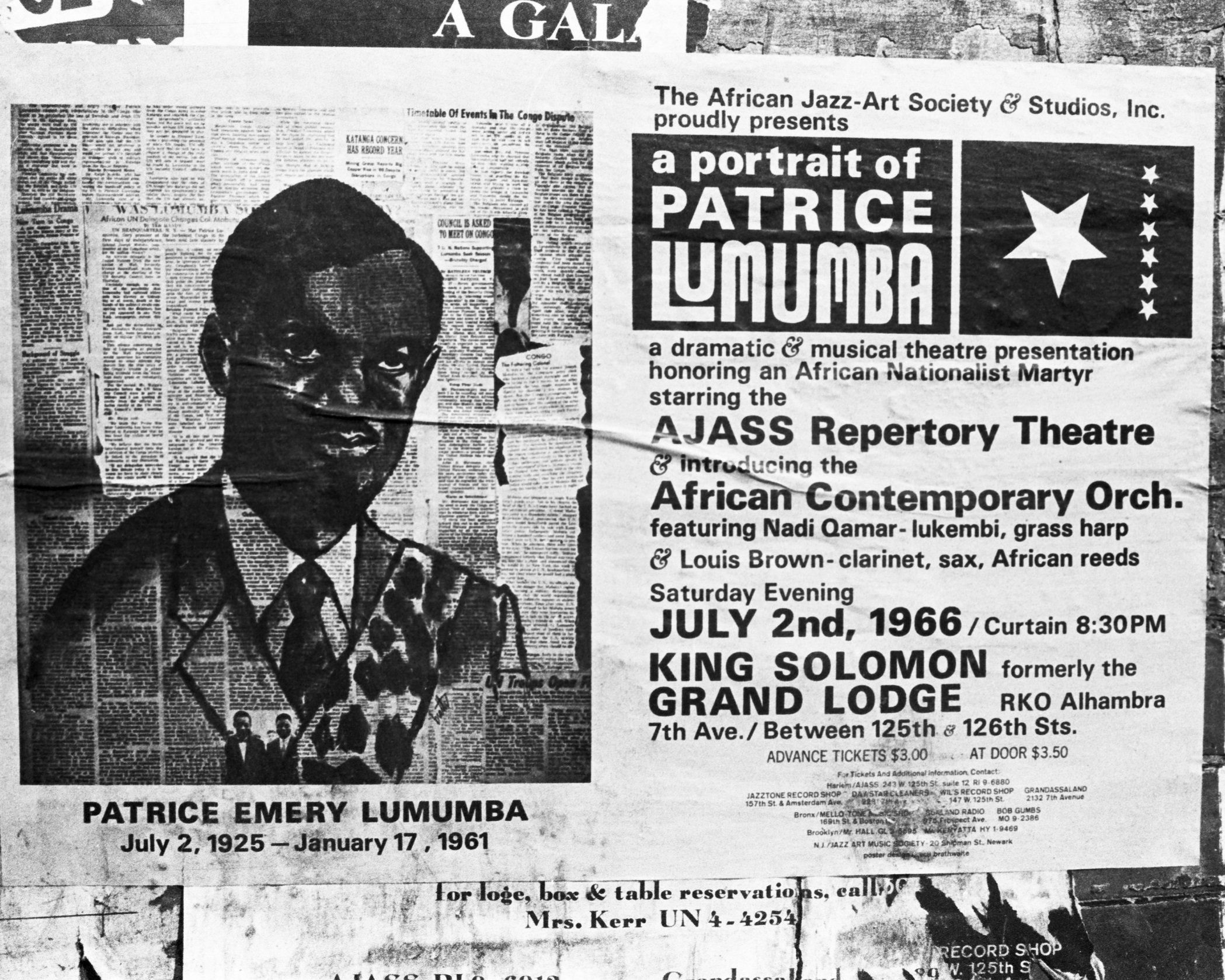
Introduction: Transnational Solidarity
Introduction by Teaching for Change
The Civil Rights Movement in the United States was connected to the international struggle against colonialism. Such well-known African American historians as W. E. B. Du Bois and Carter G. Woodson had long linked U.S. racism and segregation to the colonial system in Africa and other parts of the world.
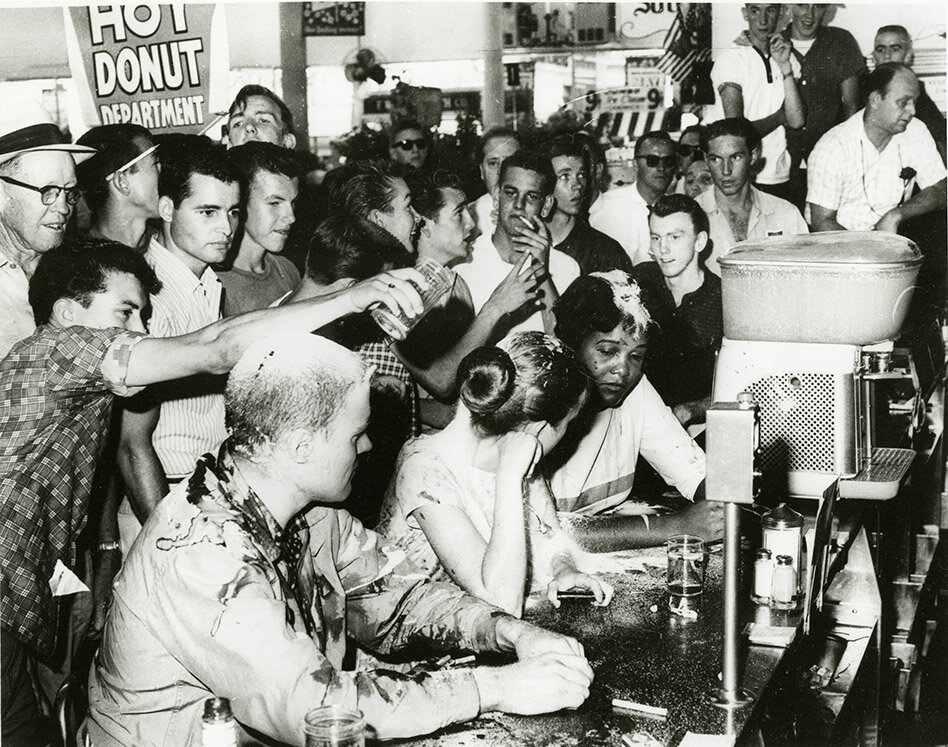
Sit-Ins: A Desegregation Role Play
Lesson by Chris Hoeh
A role play lesson for second grade on sit-ins.

Introduction: Black Power
Introduction by Teaching for Change
If the nonviolence of the Southern Freedom/Civil Rights Movement frightened mainstream people in the United States, the Black Power movement confronted institutional racism with a youthful boldness and fearlessness unseen since enslaved Africans took up arms in the Civil War. In this section, important “founding documents” of the Black Power movement are examined. In addition, the section explores the impact of Black Power on other oppressed peoples in the United States.
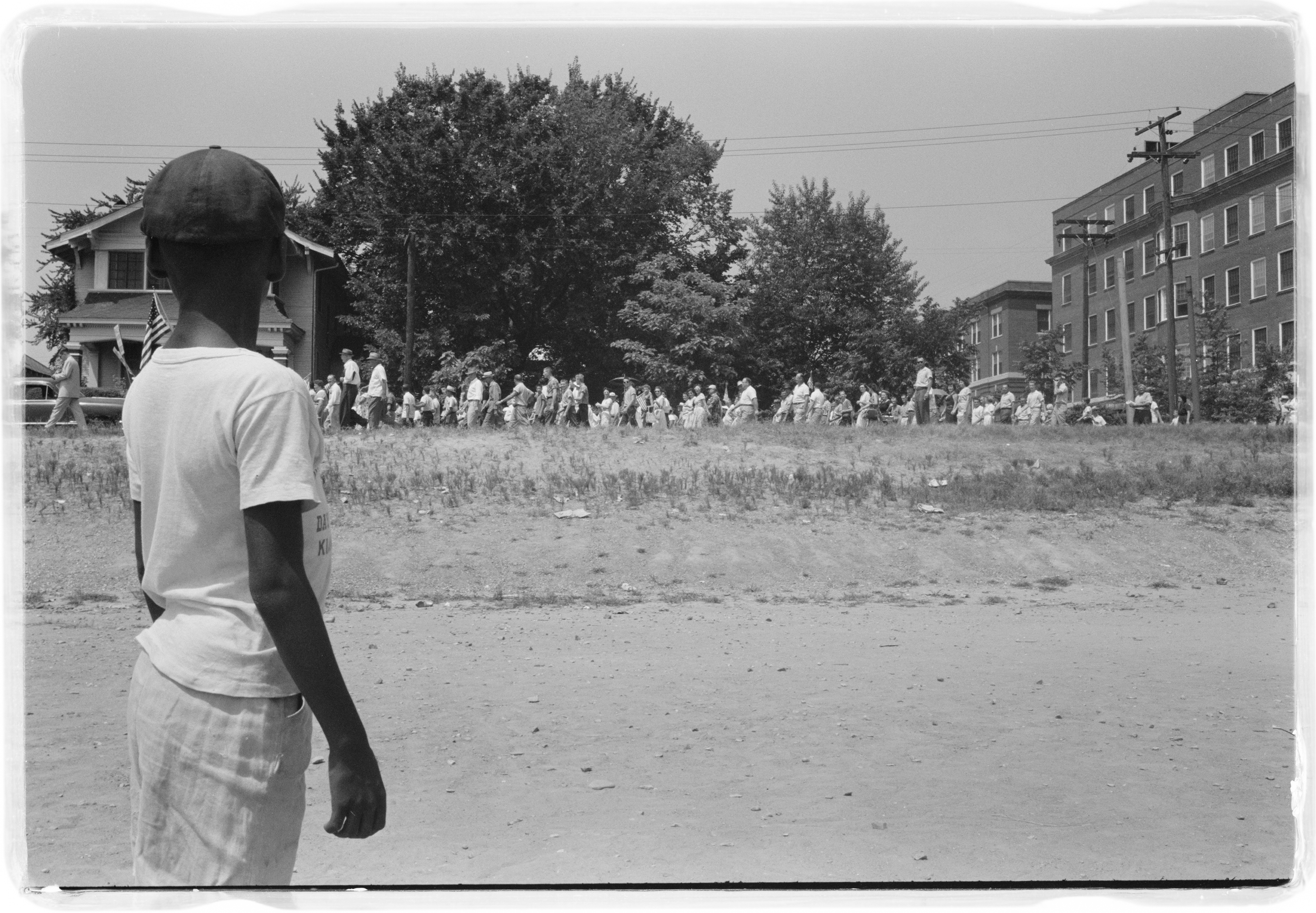
Desegregation
Reading by Eloise Greenfield
Poem about desegregation.

Digital Collections
Resource by Teaching for Change
A list of digital collections with content about the Civil Rights Movement.

The Myth-Busting History of Edna Griffin
Lesson by Katy Swalwell and Jennifer Gallagher
Edna Griffin’s life work provides a powerful counter narrative to the traditional framing of the U.S. Civil Rights Movement. She was a woman living in the North who used court cases, boycotts, sit-ins, and protests to improve her community starting well before 1954. Through her decades of activism, she strategically employed a range of tactics. She also made connections between racism and other social concerns like war, labor struggles, education, and criminal justice.

Books About the Civil Rights Movement
Resource by Teaching for Change
Booklists about the Civil Rights Movement by age range and topic.
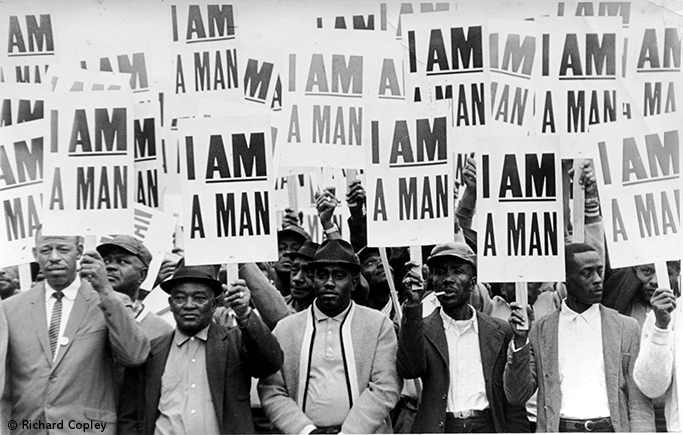
At the River I Stand: The 1968 Memphis Sanitation Workers Strike and the Assassination of Martin Luther King Jr.
Reading by California Newsreel
The documentary film At the River I Stand skillfully reconstructs the two eventful months that transformed a strike by Memphis sanitation workers into a national conflagration, and disentangles the complex historical forces that came together with the inevitability of tragedy at the death of Martin Luther King Jr.
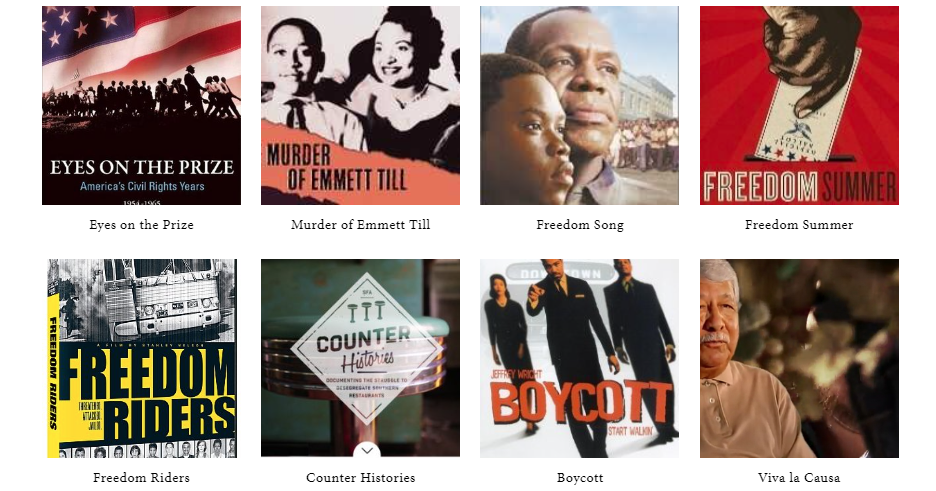
Films About the Civil Rights Movement
Resource by the Zinn Education Project
A selection of films about the Civil Rights Movement.
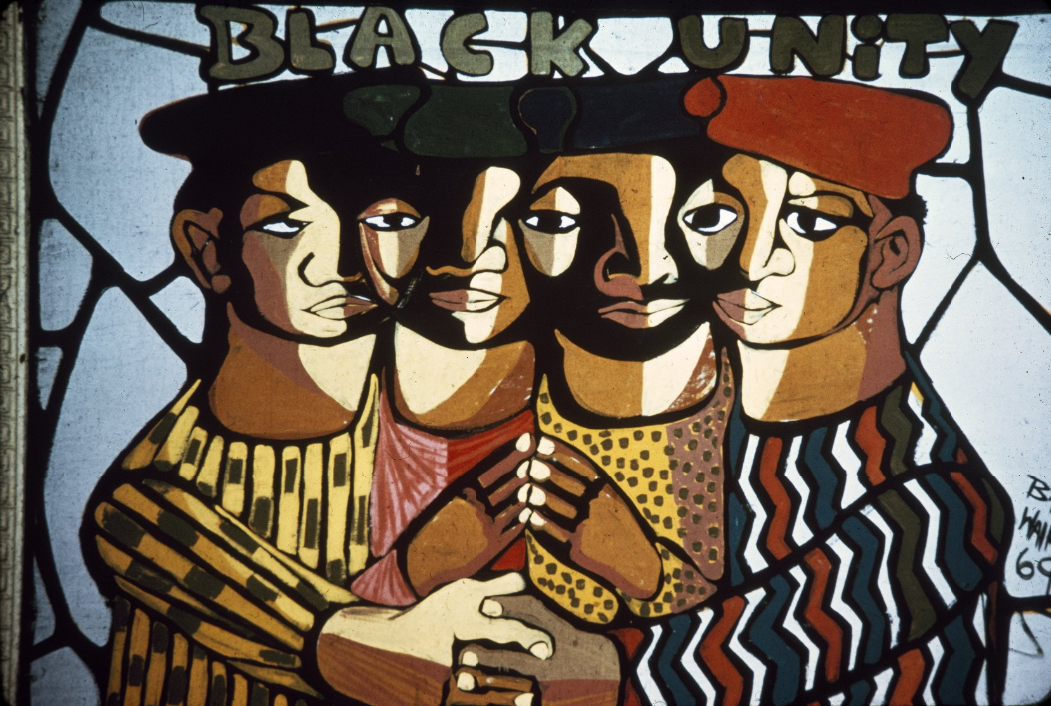
SOS — Calling All Black People: Introduction to the Black Arts Movement
Reading by John H. Bracey Jr., Sonia Sanchez, And James Smethurst
The writer and political activist Larry Neal is credited with coining the term "Black Arts Movement" (BAM) to describe the explosion of politically engaged African American art from the mid-1960s to the late 1970s.
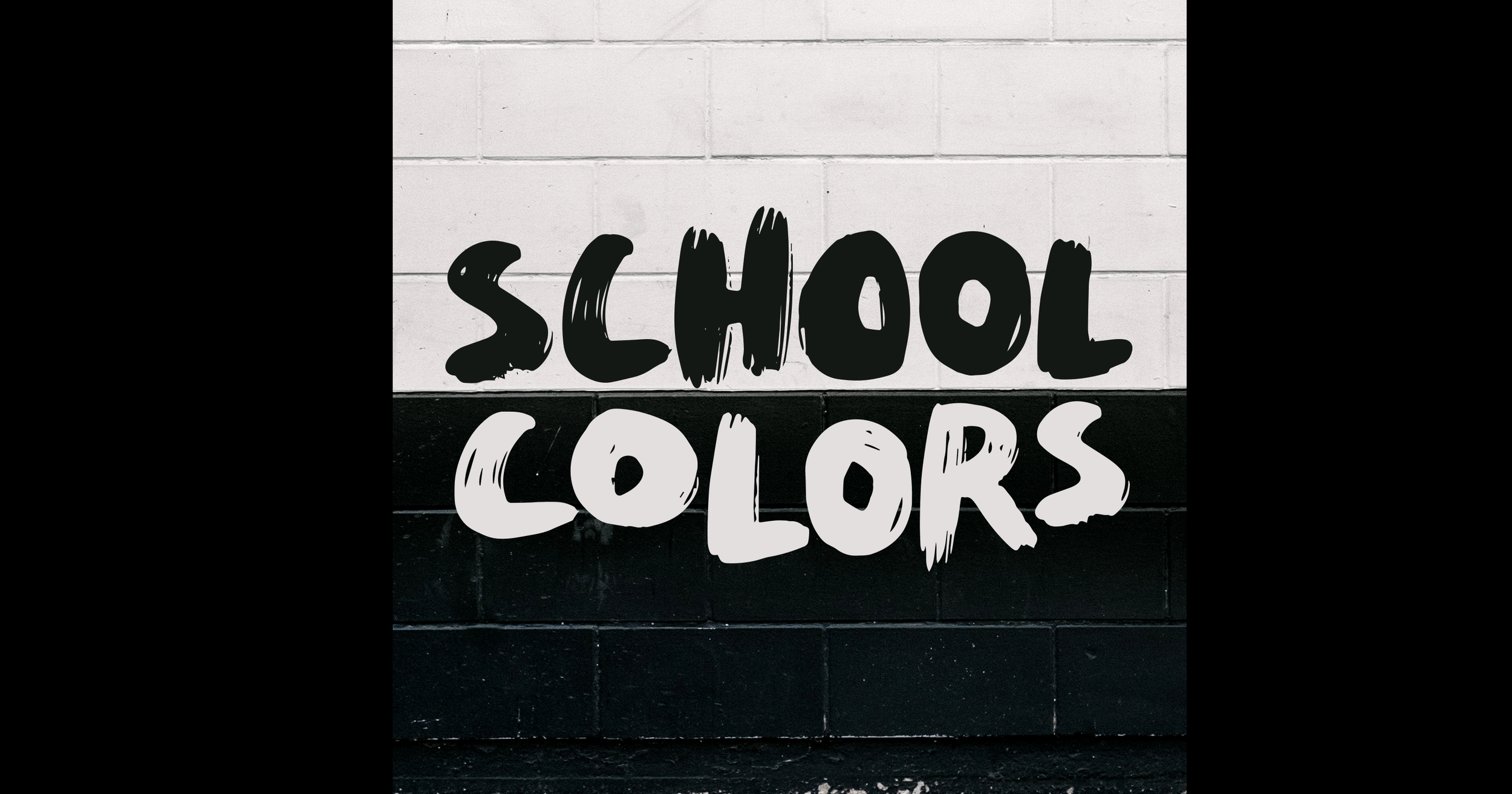
School Colors
Podacast by Mark Winston Griffith and Max Freedman
Season one of the School Colors podcast covers the history of Ocean Hill-Brownsville in Brooklyn where Black and Puerto Rican parents tried to exercise power over their schools and they collided head first with the teachers’ union — leading to the longest teachers’ strike in U.S. history in 1968.

Montgomery Bus Boycott: Organizing Strategies and Challenges
Teaching Activity by Alana D. Murray
In this activity for middle and high school, students act as organizers and learn about many of the challenges faced by the group who sustained the Montgomery Bus Boycott for 381 days.
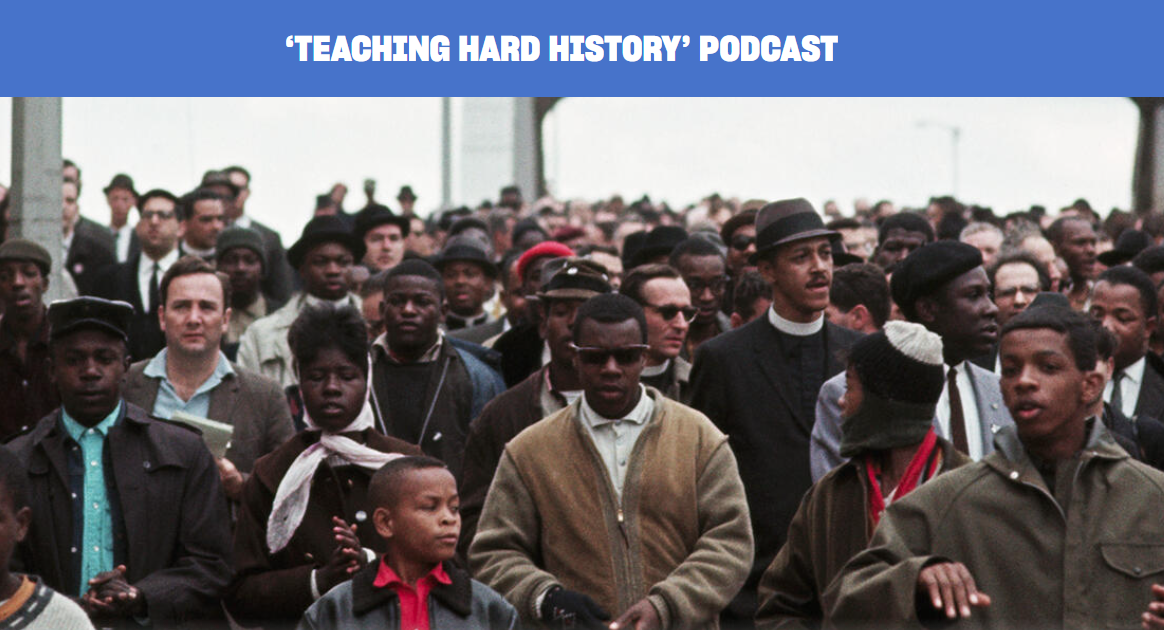
Teaching Hard History
Podcast by Hasan Jeffries
Season 3 of the Learning for Justice Hard History podcast focuses on the Civil Rights Movement.

Soul Power and the People
Reading by Jenice L. View
Essay recalling memories of school desegregation in 1968 Washington, D.C.
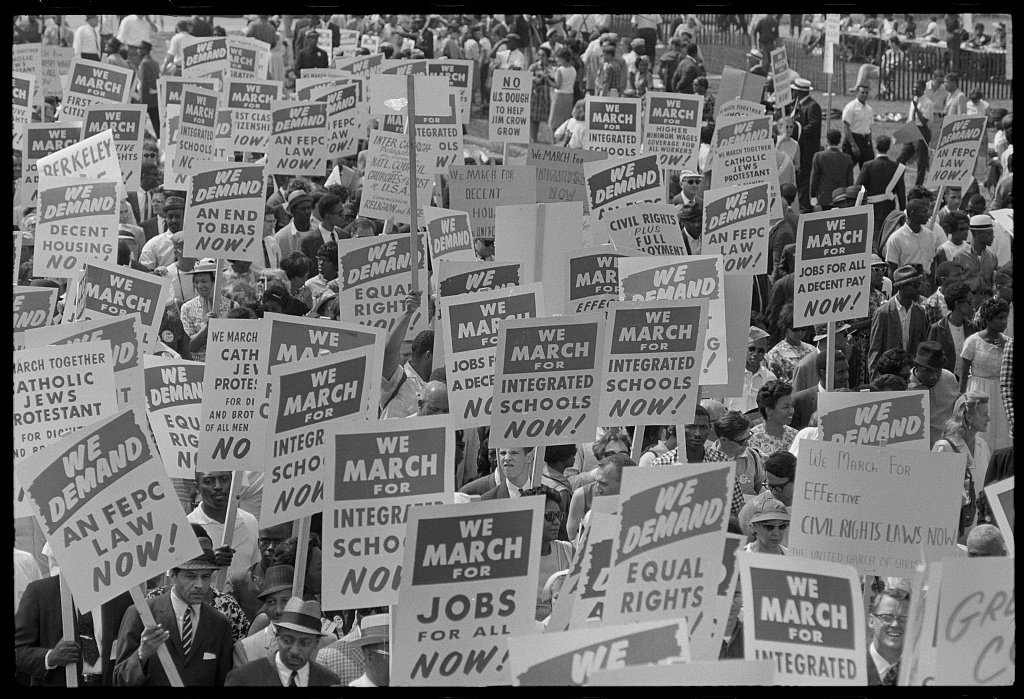
March on Washington Hidden History Quiz
Quiz by Teaching for Change
When most people think of the 1963 March on Washington for Jobs and Freedom, what comes to mind is Dr. Martin Luther King Jr.’s iconic statement, “I Have a Dream.” In truth, there was much more to this historic event than these four words in King’s speech. Teaching for Change designed this quiz about the 1963 March on Washington for Jobs and Freedom to challenge assumptions, deepen understanding, and inspire further learning.
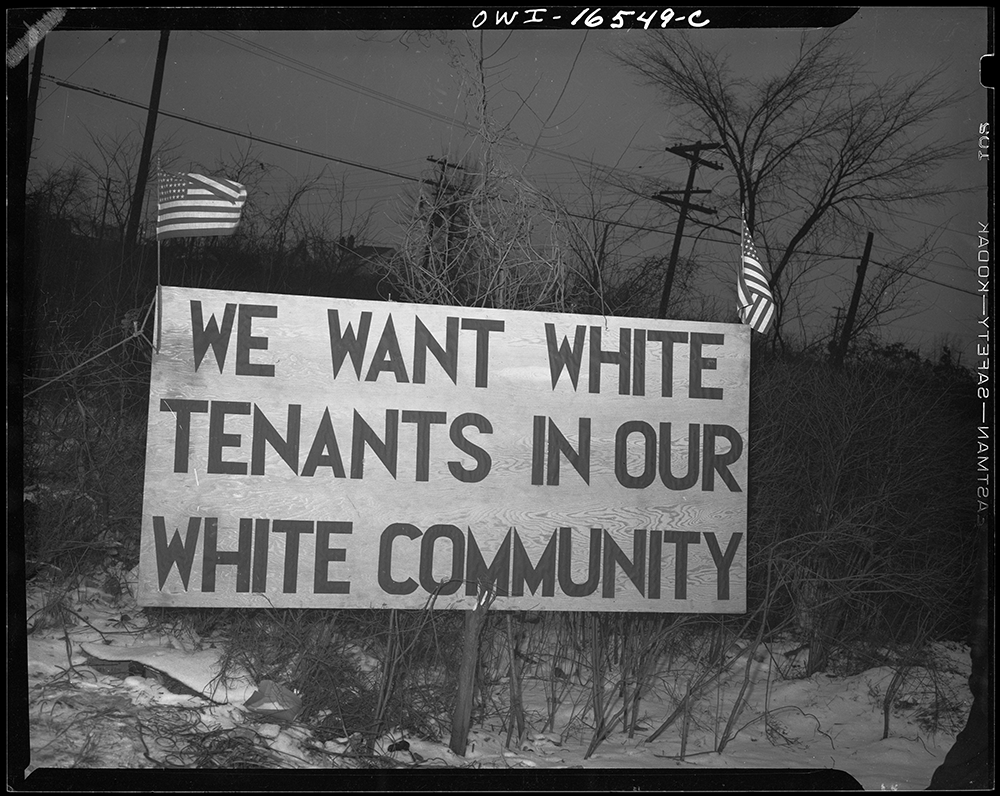
Our House Divided: What U.S. Schools Don’t Teach About U.S.-Style Apartheid
Reading by Richard Rothstein
The widespread belief that our continued residential racial segregation, North and South, is “de facto,” not the result of explicit government policy but instead the consequence of private prejudice, economic inequality, and personal choice to self-segregate is false. In truth, our major metropolitan areas were segregated by government action.

Murder of Reverend George W. Lee
Reading by Zinn Education Project
Rev. George Washington Lee, one of the first African Americans registered to vote in Humphreys County, Mississippi since Reconstruction, used his pulpit and his printing press to urge others to vote. He was murdered on May 7, 1955.
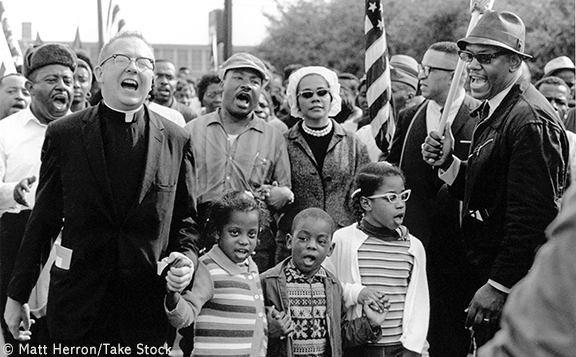
The Limits of Master Narratives in History Textbooks: An Analysis of Representations of Martin Luther King
Reading by Derrick Alridge
A study of how U.S. history textbooks present prescribed, oversimplified, and uncontroversial narratives of Dr. Martin Luther King Jr. that obscure important elements in King’s life and thought.
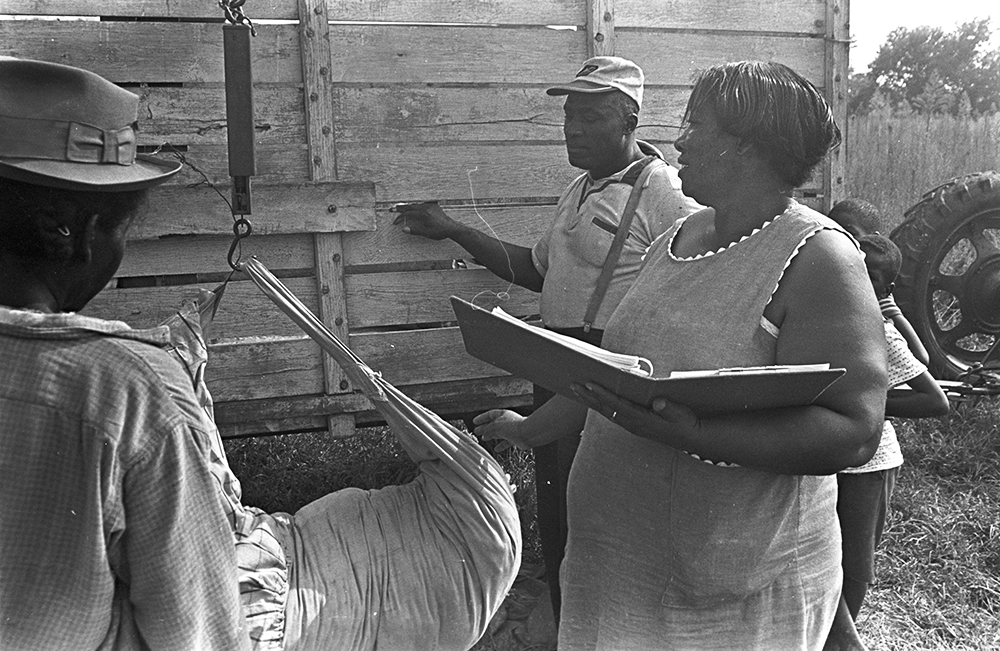
Introduction: Labor and Land
Labor and land have always been central to the struggle for civil and human rights in the United States. In this introduction, we share a few examples.
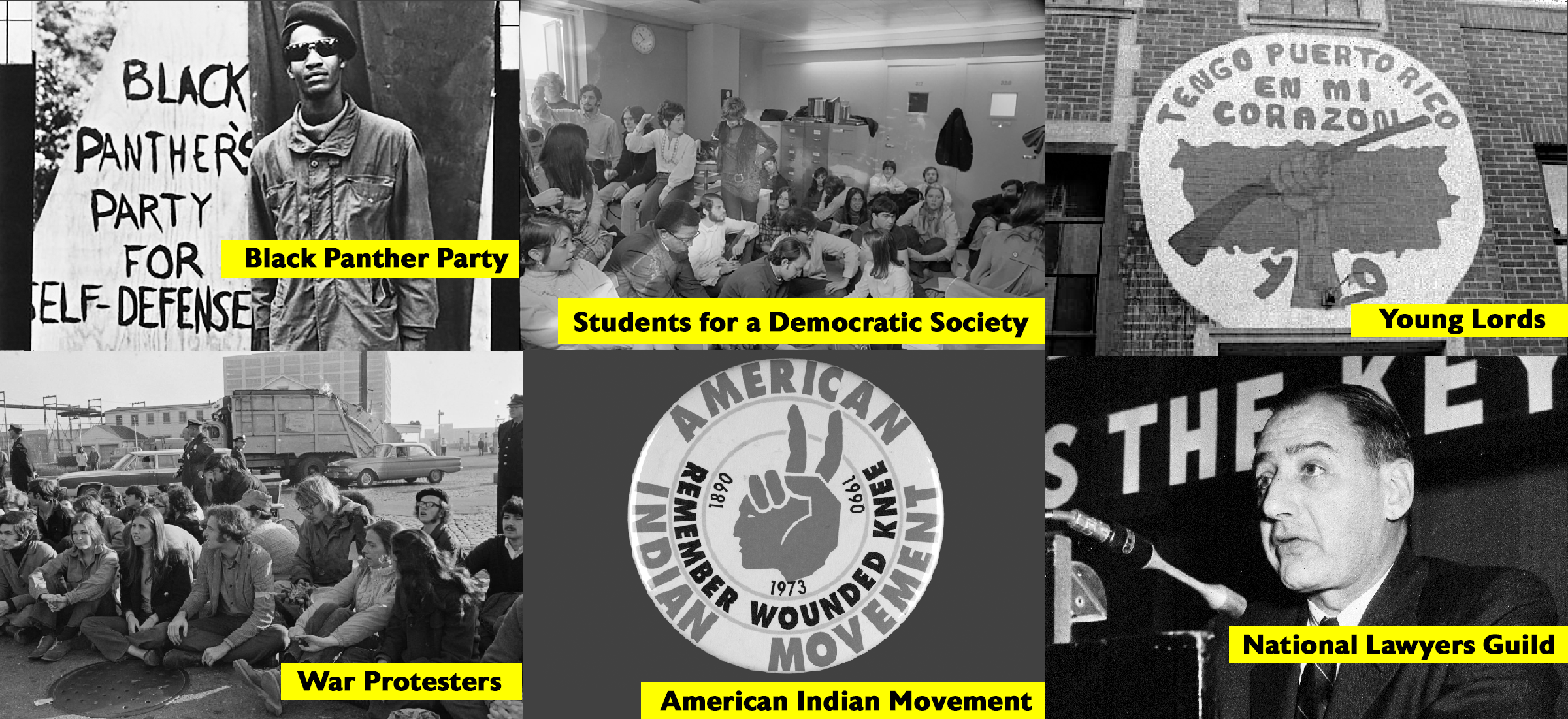
Why We Should Teach About the FBI’s War on the Civil Rights Movement
Reading by Ursula Wolfe-Rocca
Though COINTELPRO offers teachers a trove of opportunities to illustrate key concepts, including the rule of law, civil liberties, social protest, and due process, it is completely absent from most mainstream textbooks.
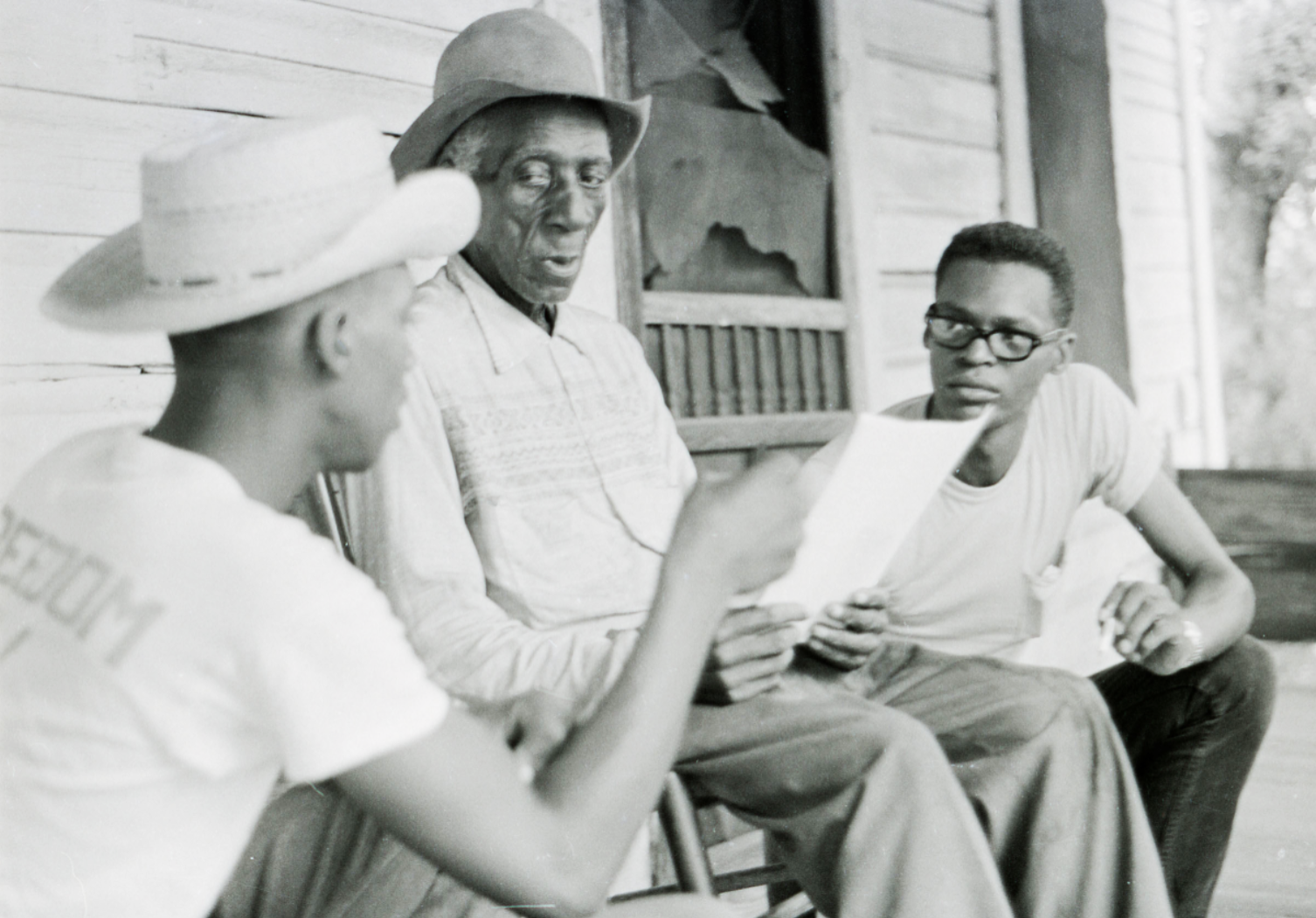
Introduction: Voting Rights
Learning the full history of the fight for voting rights is especially important today, in light of the 2013 Shelby v. Holder U.S. Supreme Court decision that struck down the 1965 Voting Rights Act provisions requiring certain states to obtain federal preclearance before changing voting laws.

A School Year Like No Other, Eyes on the Prize: Fighting Back: 1957–1962
Lesson by Bill Bigelow
Students write poetry or prose in reaction to viewing "Eyes on the Prize: Fighting Back 1957-62" and two readings.
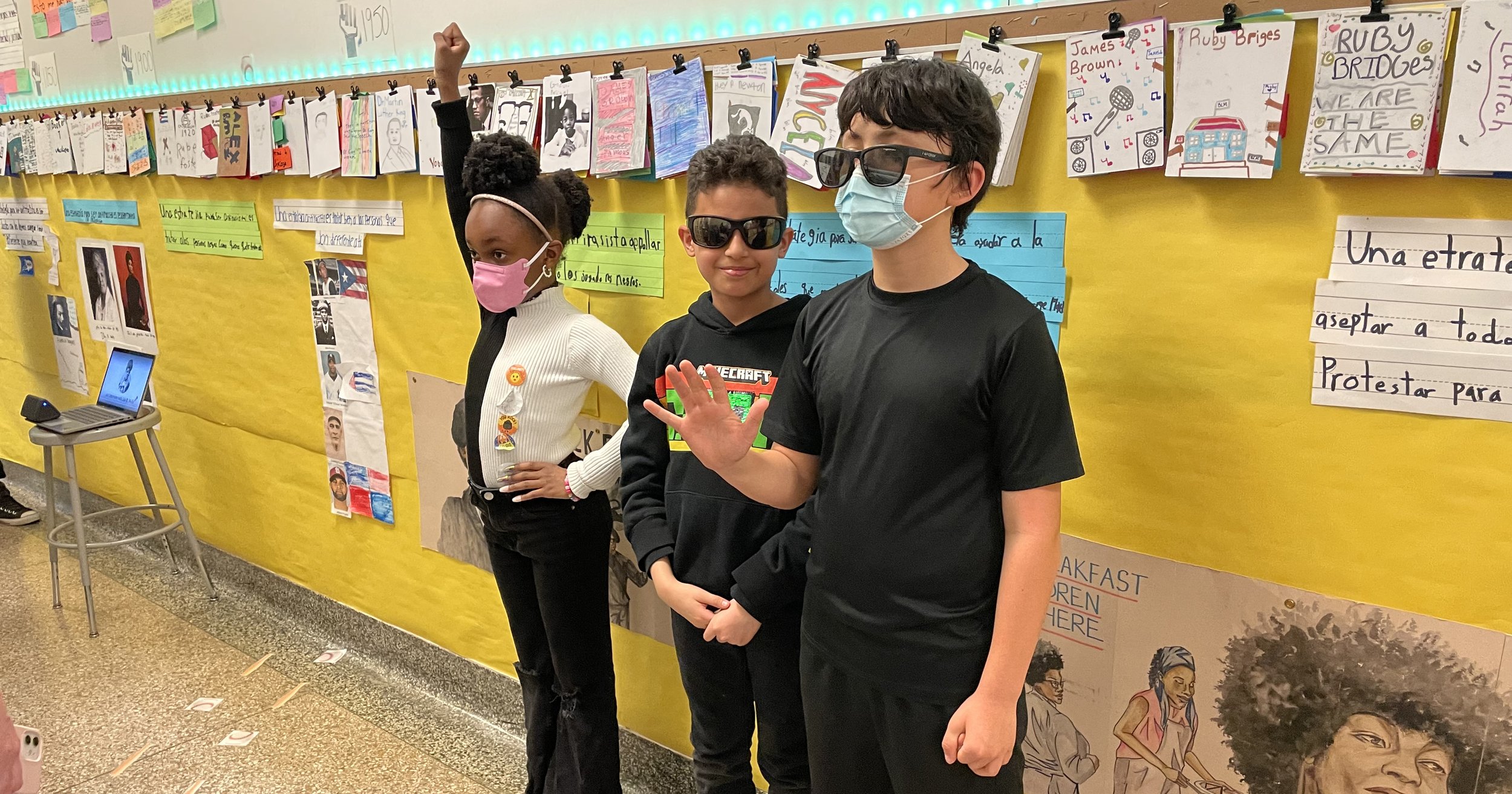
Introduction: Student Engagement
Introduction
This section highlights ways that teachers and young people can work together to learn about and document Civil Rights Movement history — and apply it to their lives today.
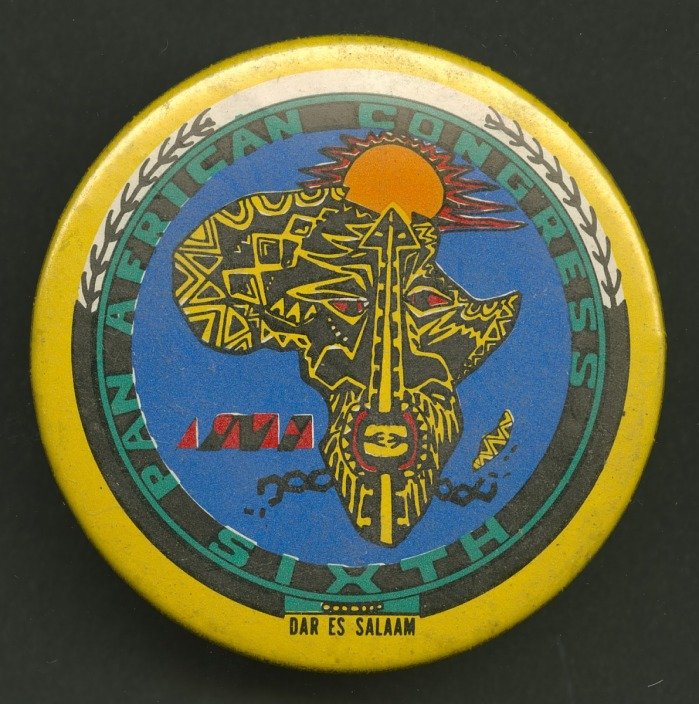
SNCC: International Connections
Reading by SNCC Digital Gateway
Growing up in the 1950s and 1960s, SNCC members were also influenced by the rising tide of liberation movements that followed World War II. As their commitment to the movement increased, they linked their own struggle for civil and human rights at home with anti-colonial struggles in Africa, Asia, and Latin America.
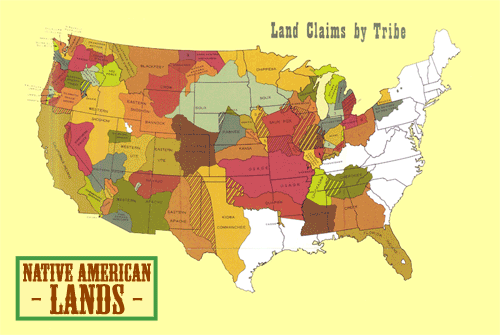
Native American Land Loss Maps
Image by Sam B. Hilliard
Five maps in a chronological series showing post-colonial land cessions in the continental United States and two additional maps showing land claims by tribe and present-day Indian reservations.
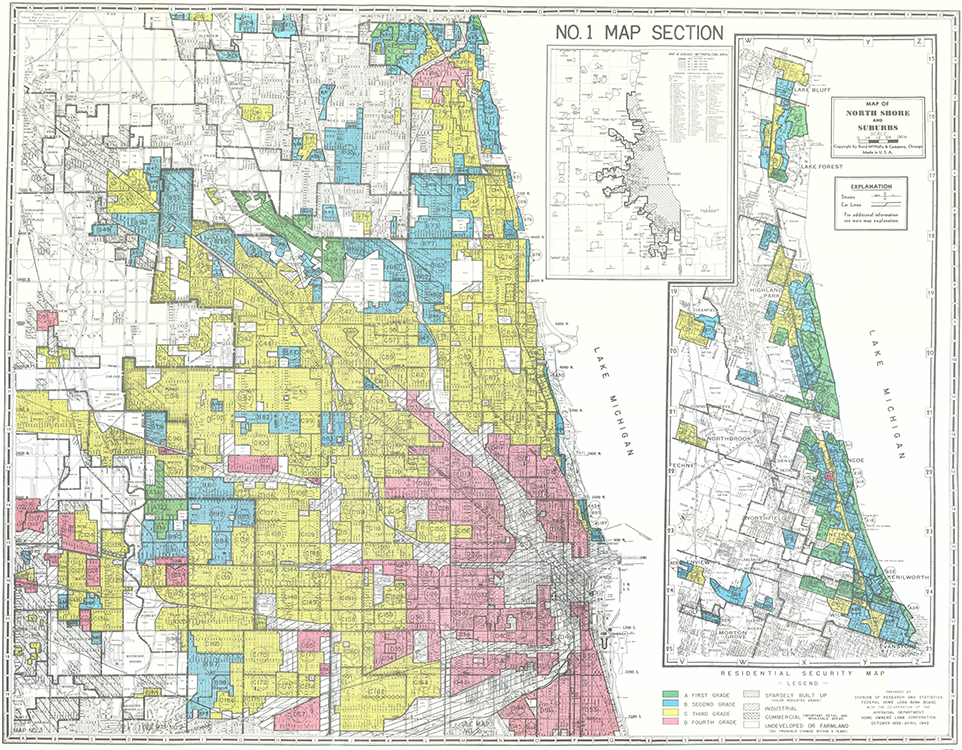
The Case for Reparations
Interview of Ta-Nehisi Coates by Audi Cornish
Ta-Nehisi Coates describes how the legacy of slavery extends to geographical and governmental policies in the United States and calls for a "collective introspection" on reparations.

Invasion of America
Interactive Map by Claudio Saunt
This interactive offers a time-lapse vision of the transfer of Indian land between 1776 and 1887.
